Gentle and safe processes – Drying and product design in the vacuum fluid bed (German article)
Dry, durable, pressure-resistant: The processing of solvent-containing extracts and temperature-sensitive substances such as microorganisms or enzymes places high demands on process conditions, occupational safety and plant safety. Vacuum fluid bed technology from plant manufacturer Glatt is another way of achieving even more temperature-friendly processes by lowering the boiling point at reduced system pressures. This benefits live cells, products with organic solvents, and also agglomerates with high strength. (Article in German language)
- Author: Gudrun Ding, Process Engineer, Head of Business Development Process Technology, Glatt Ingenieurtechnik GmbH
- originally published in the trade magazine ‘Nutraceuticals Now’, ‘dei – die ernährungsindustrie’, issue 06/2021, Konradin-Verlag Robert Kohlhammer GmbH
- Trocknung und Produktgestaltung in der Vakuumwirbelschicht (industrie.de)
Further information on this topic and related topics can also be found in the following publications:
Published article: ‘Outsourcing – Trust in competent partners’ PDF, English
Published article: ‘Food, feed and pet nutrition:
a convergence of industries’ PDF, English
Published article: ‘How to Tame Recalcitrant Ingredients with Technological Processes’ PDF, English
Published article: ‘Spray agglomerating plant-based milk alternatives for optimised product properties’ PDF, English
Published article: ‘The gentle processing of highly volatile oils by fluid bed and spouted bed technology’ PDF, English


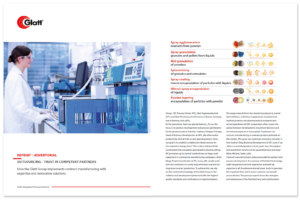
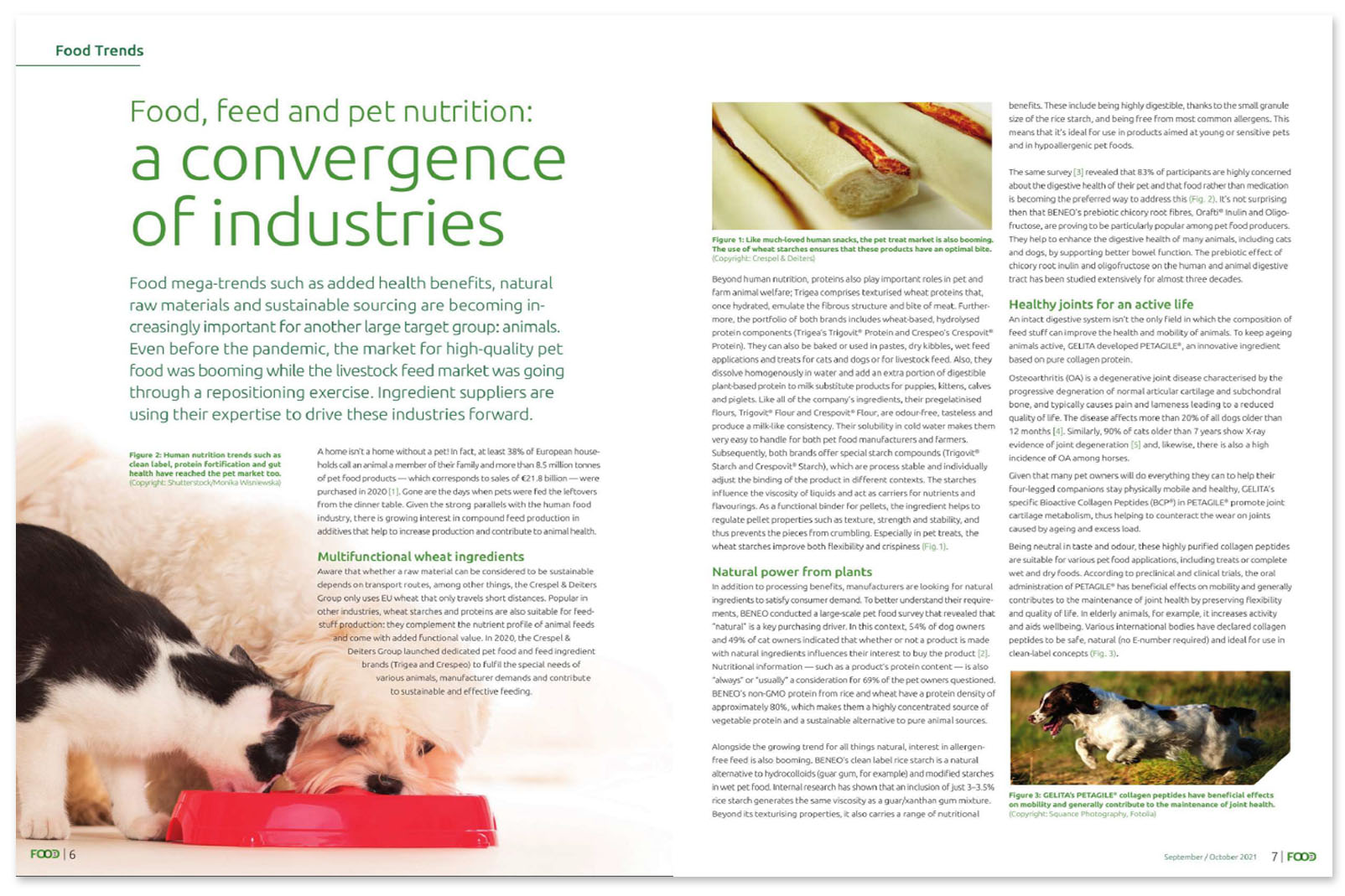
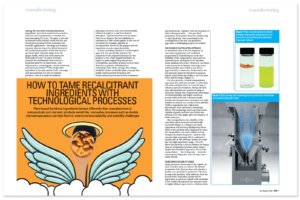
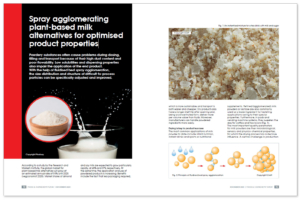
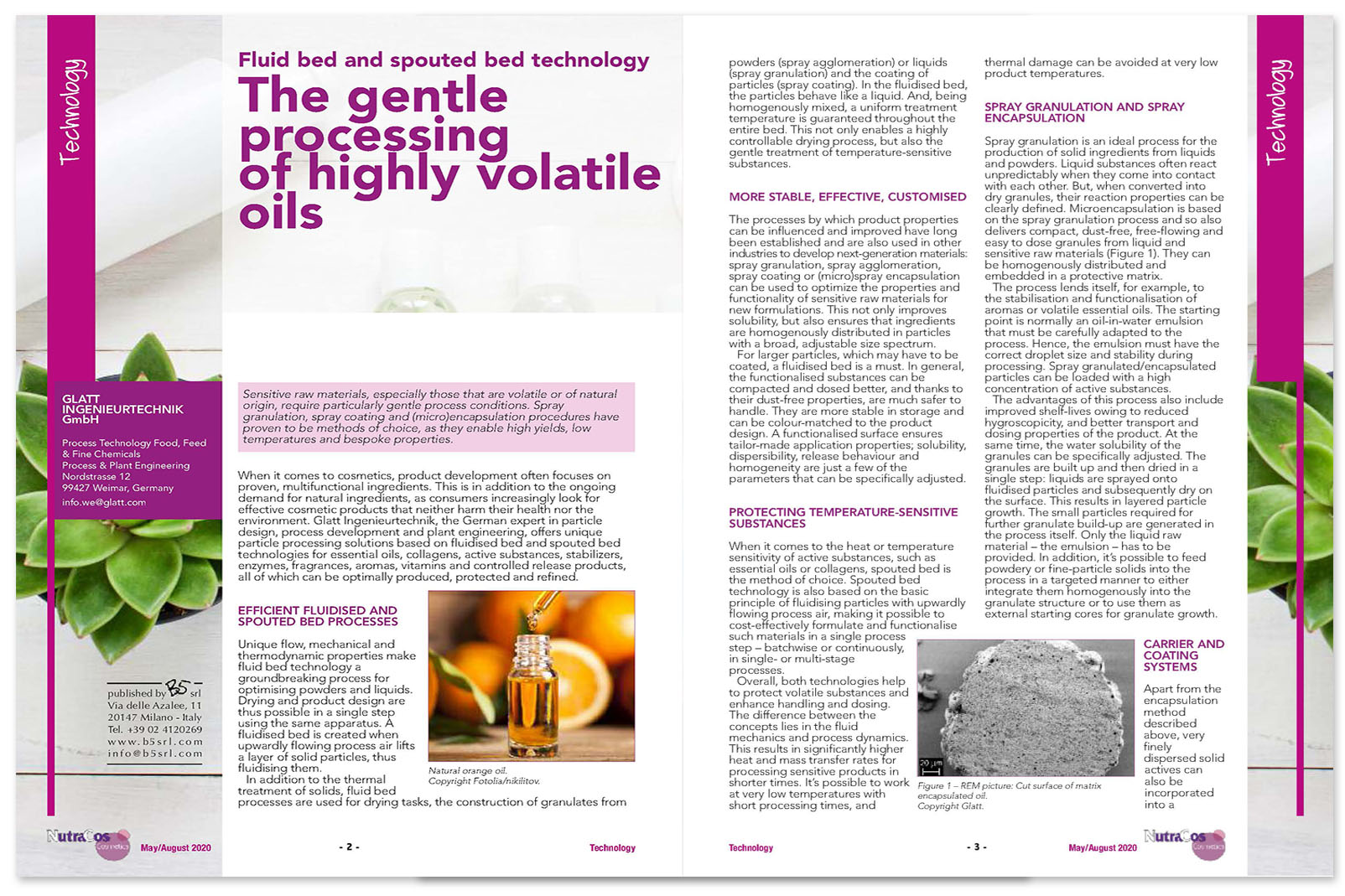

 Copyright: Glatt
Copyright: Glatt